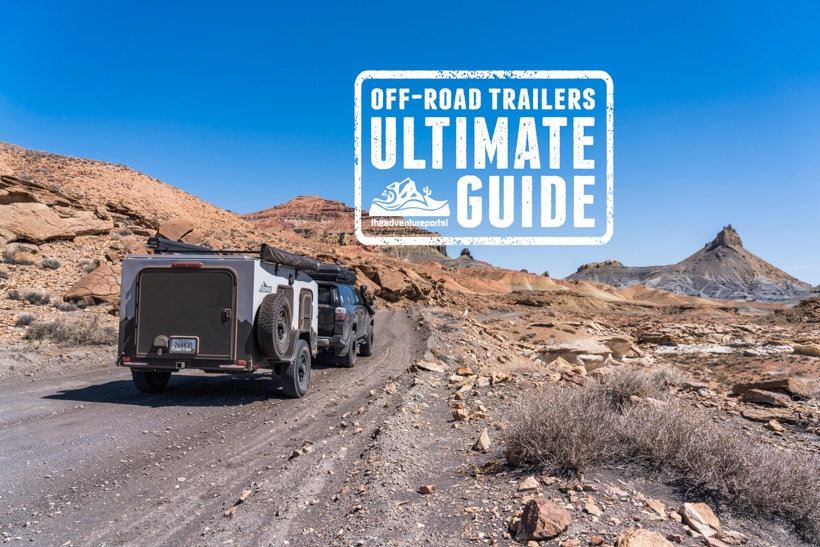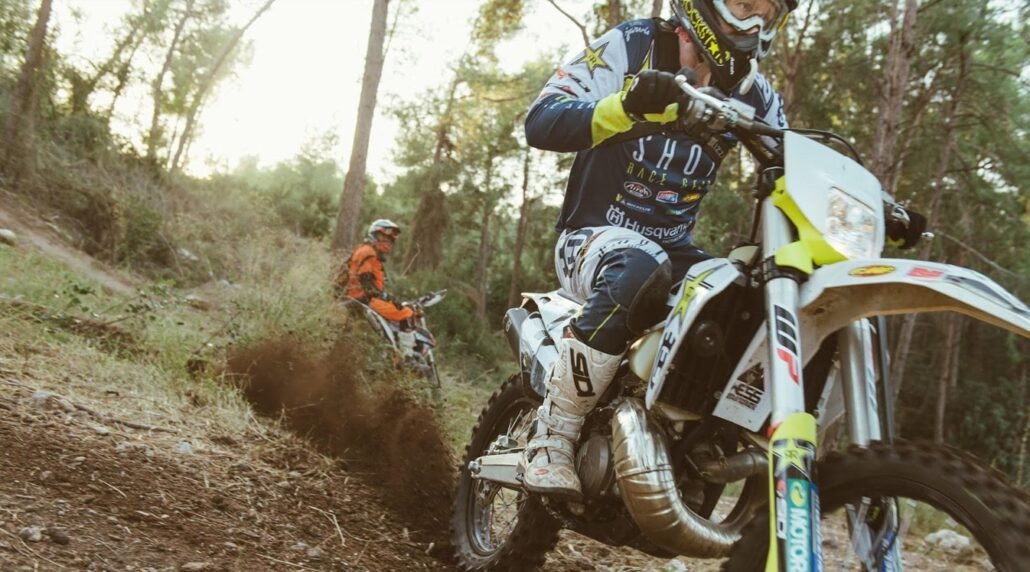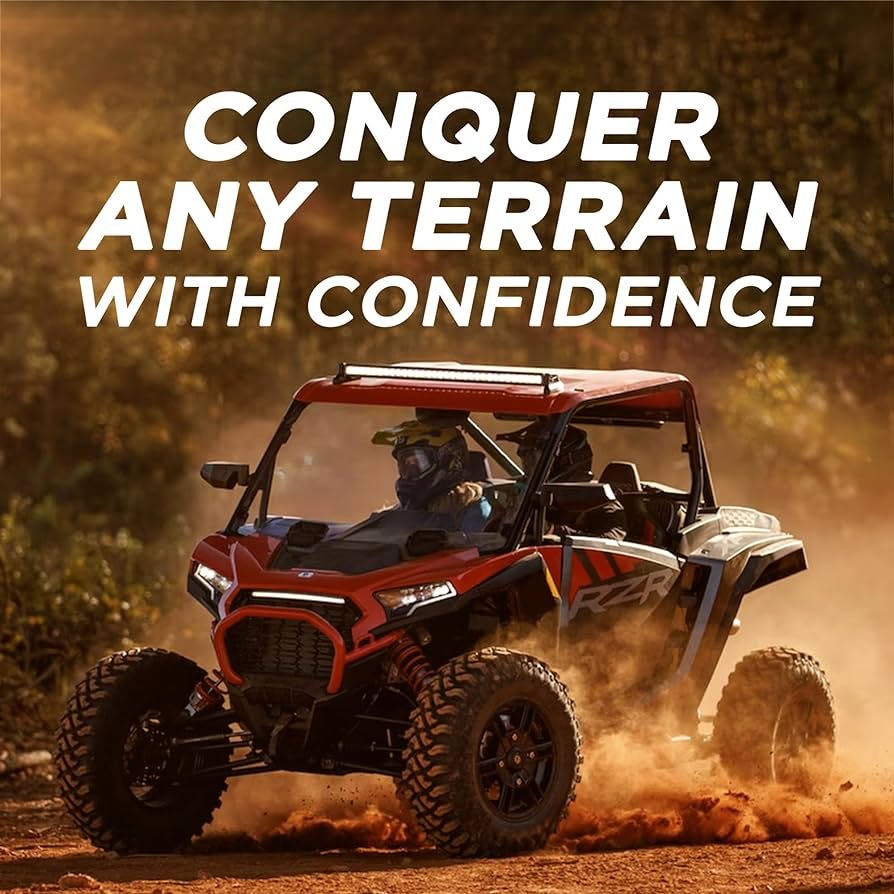For off-road mudding safety, ensure you have proper safety gear and equipment, drive at a safe speed, and always be mindful of potential hazards. Off-roading in muddy terrain can be an exhilarating experience, but it’s essential to prioritize safety precautions to mitigate the risks involved.
By following a few key tips, you can enjoy off-road mudding while ensuring your safety and the safety of others. Before embarking on your off-road adventure, it is crucial to prepare adequately. This includes checking weather conditions, ensuring your vehicle is properly equipped for mudding, and familiarizing yourself with the off-road area you’ll be navigating.
Additionally, maintaining a safe speed, staying alert to potential hazards, and having the necessary safety gear and recovery equipment on hand are vital components of off-road mudding safety. By adhering to these precautions, you can make the most of your off-road mudding experience while keeping safety at the forefront.

Credit: theadventureportal.com
Understanding Off-road Terrain
When it comes to off-road driving, understanding the terrain you are navigating is crucial for a safe and enjoyable experience. Off-road mudding, in particular, requires a thorough understanding of the conditions and features of the terrain. In this article, we’ll explore essential off-road safety tips for mudding, focusing on the subheading: Understanding Off-Road Terrain.
Evaluating Muddy Conditions
Evaluating muddy conditions is an essential aspect of off-road mudding. When encountering muddy terrain, it’s vital to assess the depth and viscosity of the mud, as it greatly influences how your vehicle will maneuver through it. Here are some key points to consider:
- Depth: Measure the depth of the mud to assess the potential risks and impacts on your vehicle.
- Viscosity: Determine the consistency of the mud, as thicker mud can significantly impede traction and mobility.
- Obstacles: Identify any hidden obstacles beneath the mud surface, such as rocks or tree roots, that could pose a threat to your vehicle.
Analyzing Terrain Features
When analyzing terrain features, it’s important to consider the natural landscape and its impact on your off-road mudding experience. Pay attention to the following features:
- Slopes and Inclines: Assess the degree of slopes and inclines, as they can affect traction and stability.
- Water Crossings: Identify water crossings and evaluate their depth and flow, as they may present additional challenges.
- Vegetation: Be mindful of dense vegetation, as it can conceal potential hazards and alter the terrain beneath the mud.
Preparing Your Vehicle
Before hitting the muddy trails, it’s crucial to ensure your vehicle is equipped to handle the challenges of off-road terrain. Proper preparation not only enhances your safety but also protects your vehicle from potential damage. Here’s how you can get your vehicle ready for a mudding adventure:
Enhancing Traction: Tires And Add-ons
1. Quality Tires
Invest in durable, all-terrain tires designed to navigate through mud with optimal traction and grip. Look for tires with deep treads to prevent slippage, especially in challenging off-road conditions.
2. Tire Pressure Adjustment
Before venturing into muddy terrain, adjust your tire pressure to a lower level. Lowering the pressure allows the tires to widen and enhance the contact patch, improving traction and preventing sinking into the mud.
3. Add-Ons for Traction
Consider installing additional traction-enhancing features such as mud-terrain tires, lockers, or a winch. These add-ons can provide extra support and help navigate through challenging mudding trails more effectively.
Waterproofing And Securing Electrical Components
1. Waterproofing the Electrical System
Ensure that all electrical components, including the wiring, connections, and distributor, are waterproofed to prevent damage from water and mud exposure. Use waterproof seals and electrical tape to safeguard vulnerable parts.
2. Securing Electronics
Secure any electronic components, including the battery, engine control unit (ECU), and ignition system, in waterproof enclosures. This prevents water damage and ensures the smooth functioning of vital electrical systems.
Essential Gear For Mudding
Mudding, also known as off-road driving through muddy terrain, is an exhilarating adventure. As with any extreme sport, safety should be a top priority. Having the right gear is essential to ensure a safe and enjoyable mudding experience. Let’s look at some of the crucial equipment you’ll need for a successful mudding adventure.
Safety Equipment: Helmets And Goggles
When it comes to off-roading in muddy conditions, safety should always be a primary concern. Wearing helmets and goggles is imperative. Helmets protect your head from potential impacts, while goggles keep your eyes shielded from mud and debris, ensuring clear vision throughout the ride.
Recovery Tools: Winches And Tow Straps
Getting stuck in the mud is a common occurrence during off-roading. That’s why having the right recovery tools is crucial. Winches can pull your vehicle out of tough spots, and tow straps provide a way for another vehicle to assist in recovery. These tools are essential for getting out of sticky situations and ensuring a safe and successful mudding trip.
Mastering Off-road Driving Techniques
When it comes to enjoying the thrill of off-roading through muddy terrains, mastering the essential driving techniques is crucial for a safe and exhilarating experience. By understanding the principles of off-road driving and honing specific skills, enthusiasts can navigate challenging conditions with confidence. Here are some key techniques to consider when venturing into off-road mudding:
Approach And Departure Angles
Understanding the significance of approach and departure angles is vital for avoiding vehicle damage when traversing rugged terrain. Maintaining a steep approach angle minimizes the risk of the vehicle’s front end scraping against an obstacle, while a generous departure angle reduces the likelihood of the rear bumper striking the ground when descending steep inclines. It’s crucial to carefully assess the terrain and execute maneuvers that optimize these angles, thereby ensuring a smooth and safe passage through challenging landscapes.
Throttle Control And Maneuvering Through Mud
Throttle control plays a pivotal role in successfully navigating muddy terrain. Managing the throttle strategically helps prevent wheel spin and loss of traction, enabling the vehicle to maintain forward momentum without getting stuck. Engaging four-wheel drive, maintaining a consistent speed, and using momentum to carry through the mud are essential tactics for a controlled and effective progress. Developing a keen sense of throttle modulation and employing apt maneuvering techniques are key to conquering muddy obstacles with finesse.
Safety Protocols And Emergency Preparedness
When it comes to off-road adventures, safety protocols and emergency preparedness are paramount for a successful and secure mudding experience. Whether you are an experienced enthusiast or a novice, being well-prepared and informed about safety measures can make a significant difference. In this section, we’ll discuss key safety protocols and emergency preparedness tips to ensure a safe and enjoyable off-road mudding journey.
Communication And Convoy Protocols
- Establish a communication plan with fellow off-roaders to stay in touch during the mudding expedition.
- Agree on signal codes for communication in case of emergencies or when visibility is limited.
- Use reliable communication devices such as handheld radios or smartphones with a solid network connection.
- Implement a convoy system to maintain visibility and group cohesion, especially in challenging terrains.
Handling Vehicle Malfunctions And Emergencies
When it comes to navigating through rough and muddy terrain, vehicle malfunctions and emergencies can occur unexpectedly. It is crucial to be equipped and knowledgeable about handling such situations effectively.
- Maintain a well-stocked emergency kit including first-aid supplies, tools, and essential spare parts for on-the-spot repairs.
- Ensure all occupants are aware of emergency protocols and procedures, including how to safely exit the vehicle in precarious situations.
- Regularly inspect and maintain your vehicle to minimize the risk of mechanical breakdowns while mudding.
Frequently Asked Questions For Off-road Safety Tips For Mudding
What Are The Essential Off-road Safety Gear For Mudding?
Ensure to have sturdy off-road tires, tow straps, winch, recovery tracks, and a first aid kit. These items can help you navigate through tough terrains and handle emergencies effectively.
How Can I Prepare My Vehicle For Off-road Mudding?
Check your vehicle’s fluids, install a snorkel kit, raise the air intake, and consider a suspension lift. Regular maintenance and modifications can enhance your vehicle’s performance in muddy conditions.
What Are The Crucial Driving Techniques For Off-road Mudding?
Maintain steady speed, use lower gears, avoid sudden turns, and gentle acceleration and braking. Following these techniques can help you navigate through mud without getting stuck.
Are There Any Environmental Considerations When Mudding Off-road?
Always stick to designated off-road areas, respect wildlife and vegetation, and avoid disturbing natural habitats. It’s essential to minimize the environmental impact while enjoying off-road activities.
Conclusion
Safety is crucial when mudding. By following these tips, you can ensure a fun and secure off-road experience. Always prioritize safety equipment, proper vehicle maintenance, and responsible driving practices. Stay informed about local regulations and weather conditions to have a smooth and enjoyable mudding adventure.
Stay safe and happy mudding!




